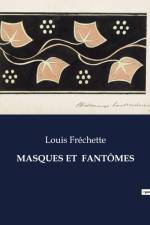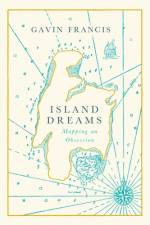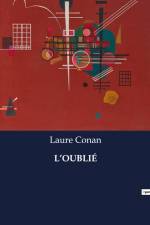av Victor Cousin
329,-
Anne Geneviève de Bourbon était fille, comme nous l'avons dit, de cette Charlotte Marguerite de Montmorency, princesse de Condé, qui tourna la tête à Henri IV. La fille était au moins aussi belle que la mère, et c'est là un premier avantage de Mme de Longueville qui, nous l'avouons, ne nous est pas d'un attrait médiocre.La beauté étend son prestige sur la postérité ellemême, et attache un charme, vainqueur des siècles, au nom seul des créatures privilégiées auxquelles il a plu à Dieu de la départir. Mais je parle de la vraie beauté. Cellelà n'est pas moins rare que le génie et la vertu. La beauté a aussi ses époques. Il n'appartient pas à tous les hommes et à tous les siècles de la goûter en son exquise vérité. Comme il y a des modes qui la gâtent, il est des temps qui en altèrent le sentiment. Il était digne du XVIIIe siècle d'inventer les jolies femmes, ces poupées charmantes, musquées et poudrées, dissimulant les attraits qu'elles n'avaient point sous leurs vastes paniers et leurs grands falbalas. C'était assezpour babiller dans un salon, écrire les Lettres péruviennes, servir de modèles auxhéroïnes de Crébillon fils et tenir tête aux héros de Rosbach. Ceux de Rocroy et de Lens, les contemporains de Richelieu, de Descartes et de Corneille, les hommes énergiques et un peu rudes qui ont précédé Louis XIV, et qui se plaisaient à vivre d'une vie agitée, sauf à la finir comme Pascal et Rancé, n'eussent pas été tentés de se mettre à genoux devant d'aussi frêles idoles. Osons le dire: le fond de la vraie beauté comme de la vraie vertu, comme du vrai génie, est la force. Sur cette force, répandez un rayon du ciel, l'élégance, la grâce, la délicatesse; voilà la beauté. Son type achevé est la Vénus de Milo, ou bien encore cette pure et mystérieuse apparition, déesse ou mortelle, qu'on nomme la Psyché ou la Vénus de Naples. La beauté brille encore assurément dans la Vénus de Médicis, mais on sent déjà qu'elle est près de décliner. Regardez, je ne dis pas les femmes de Titien, mais les vierges mêmes de Raphaël et de Léonard: le visage est d'une délicatesse infinie, mais le corps est puissant; elles vous dégoûteront à jamais des ombres et des magots à la Pompadour. Adorez la grâce, mais en toutes choses ne la séparez pas trop de la force, car sans la force la grâce se ternit bien vite, comme une fleur séparée de la tige qui l'anime et la soutient.






























